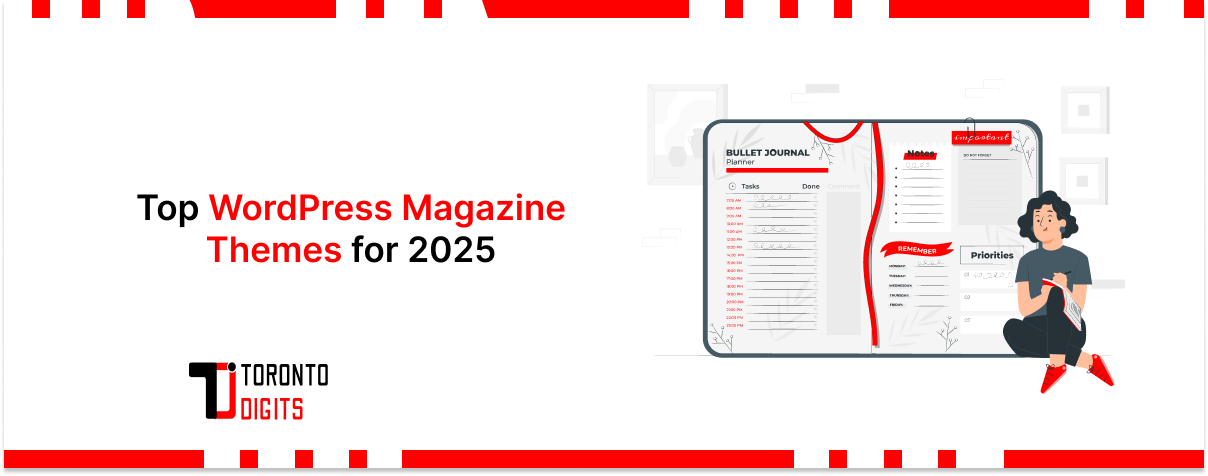News publishers today face a dynamic digital environment where understanding audience engagement is essential. Tracking how readers interact with content now extends far beyond simple page views; it requires a deeper look at actions that reflect genuine interest and loyalty. (Speed impacts engagement)—The faster your site loads, the more likely readers are to stay and interact meaningfully.
Social distribution boosts engagement, making it vital for publishers to share stories across platforms to reach wider audiences. Additionally, social media analytics informs engagement strategies, helping teams fine-tune their approach based on real-time data.
For those offering premium material, paywall content requires engagement tracking to ensure that subscribers are not just visiting but actively reading and returning.
Future tools for engagement measurement will likely offer even deeper insights into reader behavior, helping newsrooms adapt faster and smarter.
This article outlines effective strategies for measuring audience engagement and using these insights to fuel growth. Whether you’re a local news outlet, an online magazine, or a global publication, here’s how to focus on what truly matters.
Why Audience Engagement Matters for News Publishers?
Engagement is more than just a buzzword; it’s a crucial indicator of content success. For news publishers, measuring engagement helps in:
- Understanding reader interests and needs.
- Improving content quality and relevance.
- Boosting retention rates and audience loyalty.
- Attracting advertisers and partnerships based on solid metrics.
Key Metrics for Measuring Audience Engagement
Let’s dive into the most impactful metrics that can reveal how engaged your audience is:
1. Time on Page
Time on the page shows how long readers stay on a specific article. Longer times often mean the content is engaging, informative, or compelling. To get meaningful insights:
- Track the average time on the page for different types of articles.
- Compare it across topics to see which resonates most with your audience.
- Identify patterns (e.g., are longer articles keeping readers engaged, or is shorter content more effective?).
2. Scroll Depth
Scroll depth tells you how far down the page users scroll. It’s a great indicator of whether readers engage with the full article or drop it off after a few paragraphs. Tools like Google Analytics and Hotjar can track scroll depth, helping you:
- See where the reader’s attention drops.
- Identify sections that need improvement to keep readers engaged.
- Determine if readers are missing important calls to action at the bottom of the page.
3. Clicks and Interaction with Multimedia
Incorporating multimedia (like images, videos, and interactive charts) can increase engagement, but it’s essential to know how often readers actually interact with these elements. Track:
- Click-through rates (CTR) on videos, infographics, and polls within articles.
- Engagement with interactive elements like quizzes or embedded social media posts.
- Multimedia engagement to determine if adding more visuals would enhance overall content interaction.
4. Comments and Social Shares
While often overlooked, comments and social shares show how compelling the content is. Articles that spark discussions or encourage shares are often more engaging and have a broader impact. To make the most of these metrics:
- Track the number of comments and replies, as well as the sentiment.
- Measure shares across different social platforms to see where your audience is most active.
- Encourage comments and sharing by asking thought-provoking questions or using CTAs like “Share your thoughts.”
5. Repeat Visitors
Attracting first-time readers is great, but retaining them is even better. Repeat visitors are an important metric for measuring loyalty and trust. Use tools like Google Analytics to:
- Identify how often users return to your site.
- See which sections or categories bring readers back.
- Develop content strategies that prioritize topics or formats that retain readers.
6. Newsletter Engagement Rates
For news publishers, newsletters are a powerful tool for audience retention. Key metrics to track include:
- Open Rates: Measures how many subscribers open your newsletter.
- Click-Through Rates: Shows engagement with specific links within the email.
- Conversion Rates: Tracks actions taken as a result of the email, such as signing up for events or sharing articles.
By analyzing these metrics, you can better tailor newsletters to meet subscriber preferences and boost engagement.
7. Session Duration and Pages per Session
Session duration and pages per session reveal how much time readers spend on your site and how much content they consume. These metrics give insights into the site’s ability to keep readers browsing, which can indicate strong engagement. Optimize these by:
- Creating content clusters that encourage readers to explore related articles.
- Using recommendations at the end of articles to lead readers to more content.
Advanced Techniques to Boost and Measure Engagement
In addition to traditional metrics, using advanced techniques can provide deeper insights into engagement:
1. Heatmaps and User Behavior Analysis
Heatmaps (tools like Hotjar or Crazy Egg) visualize where readers click, hover, and scroll. These reveal:
- Popular sections of the article.
- Which areas could use more engaging elements?
- Patterns that help improve layout and content structure.
2. A/B Testing on Headlines and CTAs
Experimenting with different headlines and calls to action (CTAs) can show what appeals most to your readers. A/B testing tools like Optimizely or Google Optimize help:
- Test variations of headlines to see which attracts the most clicks.
- Measure CTA effectiveness, such as “Read More” vs “Continue Reading.”
- Determine what language, tone, or formats best drive engagement.
3. Content Engagement Scoring
Content engagement scoring assigns a value to each engagement metric, creating a comprehensive engagement score for each piece of content. You can set different weights for metrics (e.g., comments might have a higher weight than page views) to understand which articles are performing best overall.
How to Use Engagement Data for Growth?
Once you gather audience engagement data, the next step is to leverage it for growth:
- Optimize Content Based on Popularity: Focus on high-engagement topics and formats that consistently perform well.
- Personalize Content Recommendations: Use engagement metrics to suggest personalized articles, increasing reader retention.
- Enhance Reader Experience: Improve navigation, load times, and mobile responsiveness based on user behavior data.
- Build Loyal Communities: Encourage community engagement through comments, discussions, and loyalty programs.
Tools for Tracking Audience Engagement
Here are some tools that can help news publishers track audience engagement:
- Google Analytics: Provides essential metrics like time on page, bounce rates, and pages per session, giving publishers a comprehensive overview of user behavior.
- Buffer: Known primarily for social media scheduling, Buffer also offers robust analytics for tracking engagement on social media platforms. It allows publishers to monitor likes, shares, comments, and other key metrics to see what content resonates with followers and drives engagement on social channels.
- HubSpot: A powerful tool for tracking audience engagement across multiple touchpoints, including website visits, social media interactions, and email campaigns. HubSpot’s analytics provide insights into user journeys, popular content, and engagement patterns, allowing publishers to personalize content and optimize strategies based on real-time data.
- Hotjar: Features heatmaps, scroll depth tracking, and user feedback tools to visualize reader interaction on pages. Hotjar helps publishers understand how readers interact with content, revealing which sections drive the most engagement and where they may be losing interest.
- Sprout Social: Focuses on social media engagement, helping publishers track likes, shares, and comments across various platforms. It’s especially useful for identifying top-performing content and optimizing social media strategies based on engagement data.
Wrapping up
Audience engagement is at the heart of digital publishing success. For news publishers, measuring and understanding engagement metrics such as time on page, scroll depth, and repeat visits provides actionable insights to create content that resonates. By using these metrics, along with advanced techniques like A/B testing and content scoring, publishers can drive growth, build loyal audiences, and ensure their content truly matters.
Consistently monitoring, analyzing, and acting on engagement data keeps readers engaged, improves the content experience, and strengthens the publisher-audience connection—an invaluable asset in today’s competitive media environment.




